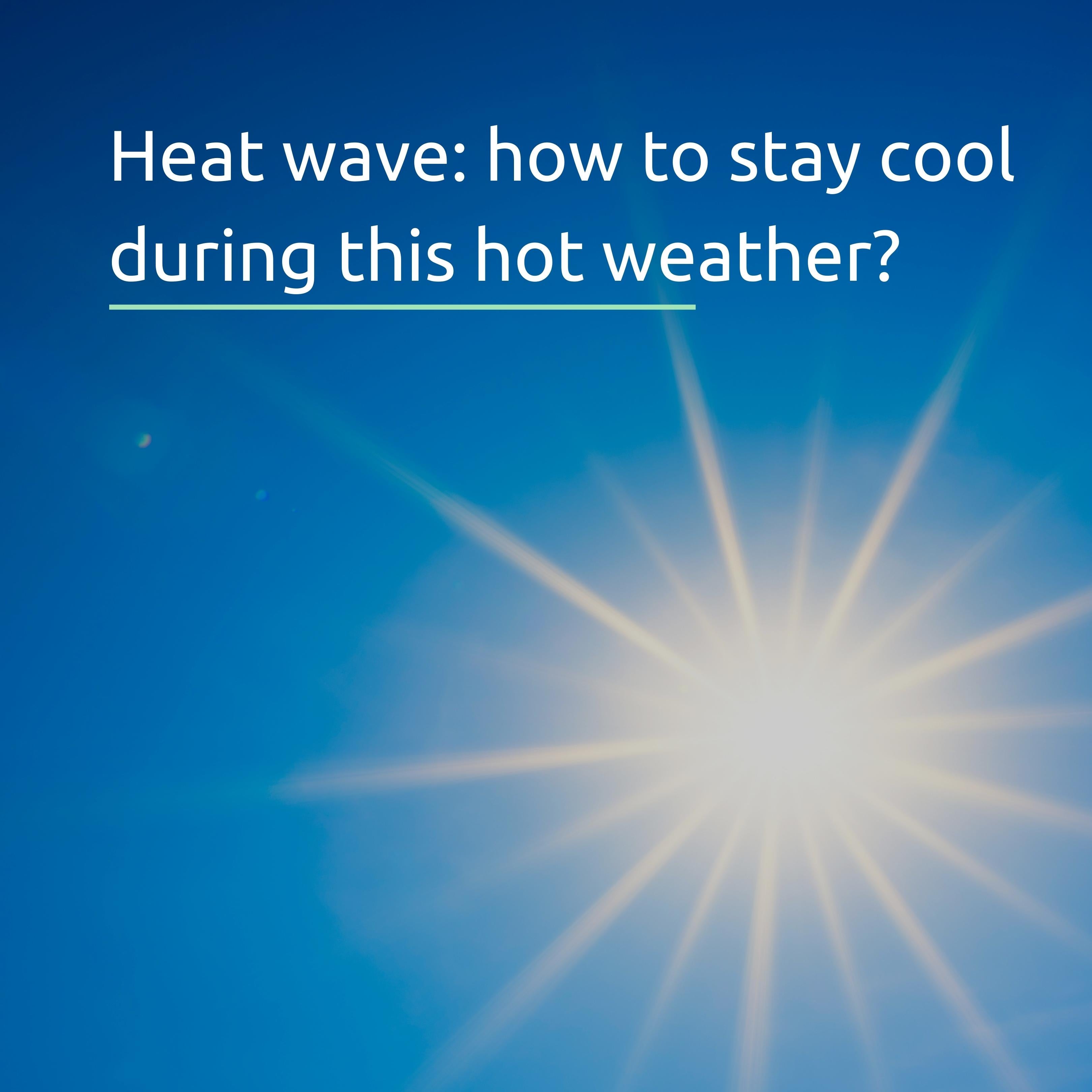Volcanoes are one of the most fascinating aspects of Earth. They're relatively rare and unpredictable, but they're also one of the best ways to understand our planet's geology. Here's what you need to know about volcanoes and how they affect us.
What is a volcano?
A volcano is a vent in the earth's crust that allows magma to escape from deep within the planet. Magma is molten rock that has been forced upwards through cracks in Earth's surface by pressure or tectonic activity. When it reaches the surface and solidifies, it becomes igneous rock—a substance formed from magma cooling and slowly crystallising into solid rock.
Types of Volcanoes
There are three main types of volcanoes:
Composite volcanoes form when magma cools and solidifies on top of existing rock. These can be either conical or stratovolcanoes, with the latter being larger and more explosive.
Shield volcanoes are formed by eruptions from deep beneath the earth's crust; their ash falls onto an existing mountain (hence the name). The most famous examples include Mauna Loa in Hawaii and Krakatoa in Indonesia.
Cinder cone volcanoes are miniature versions of shield volcanoes. They erupt from deep within active faults or fissures rather than from above ground like most other types of volcanic eruptions do.
Environmental Impact of Volcanoes
Volcanoes can have a huge impact on the environment. The force of an eruption can be as much as 10 times greater than that of an earthquake and is responsible for some of nature's greatest disasters. Volcanic ash and lava can affect soil and water, causing flooding, fires, and earthquakes. Lava can also cause tsunamis or landslides if it flows out of the volcano into nearby areas. Volcanoes can even cause hurricanes because they release large amounts of carbon dioxide into the atmosphere. Volcanic eruptions affect climate patterns around them by changing wind patterns and blocking sunlight from reaching other parts of the globe due to ash clouds in wide expanses that last for months at a time (known as "volcanic winters").
However volcanoes are a fascinating natural phenomenon. In addition to being breathtaking, they provide energy to power our lives as well. It keeps us alive by giving us food and water (like rain or snow), allows us to make medicines from plants found on its slopes, and enables us to travel through space thanks to its gravitational influence on moons orbiting other planets in our solar system. Some volcanoes can even generate electricity.
Volcanoes in Southeast Asia
The volcanoes in Southeast Asia are some of the most active on earth. They are home to beautiful landscapes and cultures, but they also have a dark side. Here is a list of the most famous volcanoes in this region:

Mount Taal is an active volcano located on the island of Luzon. It has two craters: the larger crater has a lake in its centre (the lake contains poisonous gases) and the smaller crater had its last eruption in 1977. At present, most scientists believe that Mount Taal is dormant but will likely erupt again in the future. We took the essence of this volcano to introduce our new Batik Tribute Mengkuang Taal.

Mount Batur is a volcano in Bali, Indonesia. It is located in the district of Bangli and has two peaks: the highest being 1717 m above sea level and the other 1628 m high. The mountain is easily accessible from both Gilimanuk town and Klungkung regency. We took inspiration from this breathtaking volcano to launch our new Batik Tribute Mengkuang Batur Polo.

Mount Rinjani is an active stratovolcano located on the island of Lombok, Indonesia. It is the second highest volcano in Indonesia and part of the Barisan mountain range. It has erupted five times this century (1906, 1907, 1914 and 1919) with the most recent eruption occurring in January 2009. This mesmerising volcano inclined us to present the new Batik Tribute Mengkuang Rinjani Polo to our new Tanah Capsule collection.

Tambora is a stratovolcano in Indonesia. It's the largest volcano in Indonesia, and its eruption was one of the largest eruptions in recorded history. The 1815 eruption of Tambora is thought to have been responsible for the "year without summer" that followed. It has erupted three times since its first reported activity in 1812: once in July 1816, then again in April-May 1818, and finally again on June 10th of that year. Our Batik Tribute Truntum Tambora pays homage to this powerful volcano.

Merapi is an active stratovolcano in Indonesia. It is located in Central Java, Indonesia, and has been active since 1548. The last eruption occurred in 2010 when it spewed out lava flows down its slopes towards the city of Yogyakarta. Merapi means "hot" or "fire mountain" in Indonesian; this name comes from its fiery appearance. This magnificent volcano inspired us to introduce the new Batik Tribute Nitik Merapi into our Tanah Capsule collection.

Didicas is a stratovolcano in the Andes. It is located in the Antuco Volcanic Complex and has erupted several times since its formation, in 1846, 1852, and 1857. In comparison to other volcanoes in Southeast Asia, this volcano is small but active with eruptions that occur every few years or decades, depending on how active it is at any given time. The colour of our new Batik Tribute Nitik DIdicas inspired us to capture the beauty of this fascinating volcano, consciously made with Bamboo Lyocell for comfort and uniqueness.
To know more about Bamboo Lyocell and our reforestation program, check out our sustainability page.












